
DESIGN
24-05-2021 by Freddie del Curatolo
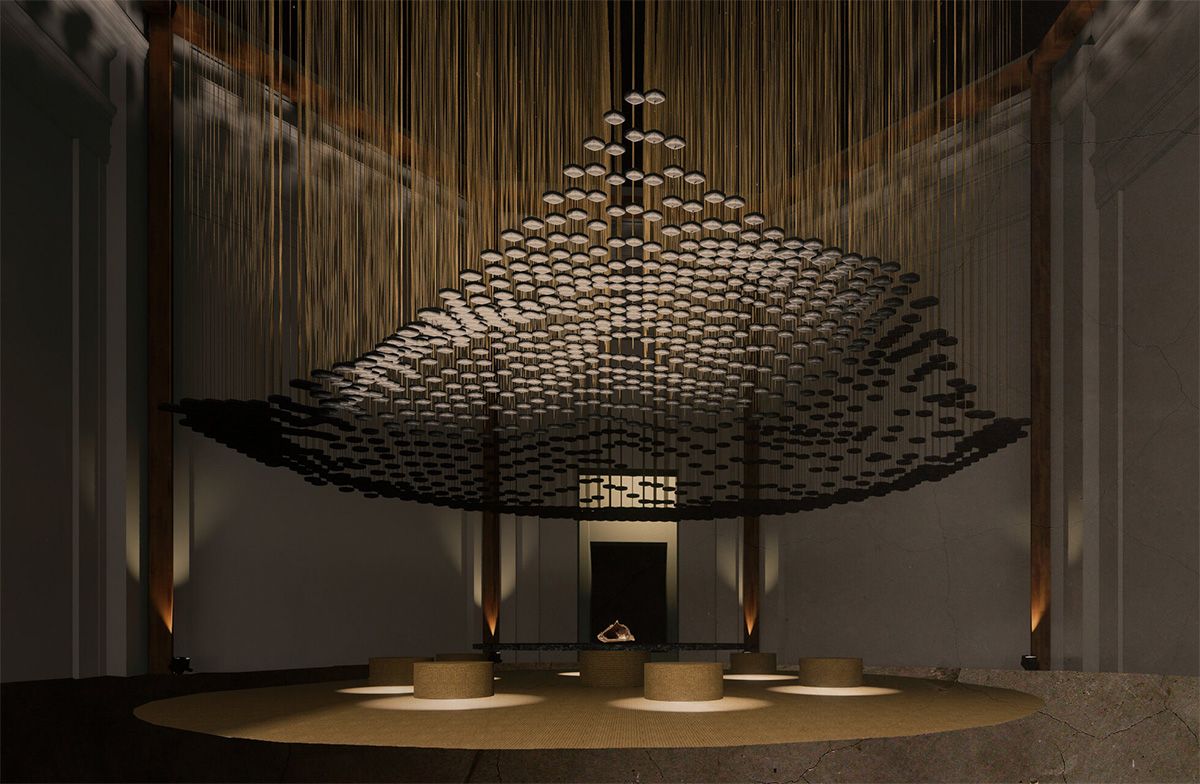
A group of Kenyan designers and architects will participate in the Venice Biennale.
This is the first time that a Kenyan studio has been invited to the prestigious international architecture biennial in the lagoon, and the occasion is offered by the productions of Cave Bureau, a creativity workshop in Nairobi founded by Kabage Karanja and Stella Mutegi. The "Obsidian Rain" exhibition, as well as the Biennale's central pavilion, has made the pages of the New York Times, which dedicated an extensive article to Karanja, Mutegi and their colleagues.
Cave Bureau creates installations for social spaces, outdoor environments or otherwise large spaces. For the work that gives the exhibition its title, they used 1,600 obsidian stones collected from the slopes of Mount Suswa, where Karanja as a boy was inspired by what would become his profession after studying architecture in the capital.
In the caves of Mount Suswa, he became aware of the magic of the stones and the possible transformations of the primordial cavern that was the first home of us humans.
And the niches, the protuberances, the openings, the slits of light were the only furnishings. In short, the first interior architecture took place there, in the caves.
This is how Cave Bureau was born, and today the same stones become ornaments but do not lose their meaning, handing down history and confronting it with contemporary society and its paradoxes. One of the group's public works is "The floating zebra", installed in the Kibera slum, on the road leading to the Dandora rubbish dump, one of the African hells of contemporary civilisation. The work was designed as an informal place to relax, to stop for those who grind kilometres every day, but also for reflection for everyone.
A courageous proposal for Nairobi, which is projected into a development that in other parts of the world is already outdated, if not decadent, but which in the so-called developing countries still attracts: skyscrapers, modern buildings, cold "non-places", as the philosopher Marc Augè defines them, which can be shopping centres, multi-office buildings and anodyne residential areas all the same.
Karanja and Mutegi, two forty-year-olds with masters' degrees from England and Australia, have tried to bring their ideas back home, but it has been very difficult in terms of urban planning. So they work mainly in private homes, particularly in Uganda. And thanks to these works they finance their creative art.
This week Venice will discover the wonder of the suspended structure that reinvents a vision of the ceiling of the Mbai caves, not far from Nairobi.
The caves in Kenya are not only of anthropological and paleontological significance: in recent centuries they have been key sites for ritual and religious ceremonies and as hideouts and strategic bases for the Mau Mau independence movement.
"Places of contemplation that inspired the nascent African state," Karanja explained to the New York Times, "which is why their reproductions can be considered places for meetings and congresses". Within the biennial, other works will be presented through the shots of a photographer, also Kenyan but long resident in Canada, Osborne Macharia.
The "Obsidian Rain" project is part of Cave Bureau's larger long-term research and exhibition programme, called the "Anthropocene Museum". It takes its name from what National Geographic has called "an unofficial unit of geological time" since the Industrial Revolution, when human activity began to have a substantial impact on the earth's ecosystems and climate.
The studio's architectural, historical and anthropological work has included everything from 3-D mapping of the Shimoni slave caves on the Kenyan coast, where 18th-century East Africans were chained to walls awaiting transport to the Zanzibar slave markets, to a video exploring geothermal mining and displacement of the Maasai people in the Rift Valley.
"We're just trying to reflect on that geological term, the Anthropocene, the new age of man," Karanja told the New York Times, "Trying to look at, of course, the colonial era, the history of this era that we live in that has been the determining factor of where we are as a civilisation.
(photo: New York Times)
EVENTS
by redazione

The Italian Cultural Institute of Nairobi celebrates the Day of Italian Design in the World with two...
PHOTOGRAPHY
by Freddie del Curatolo
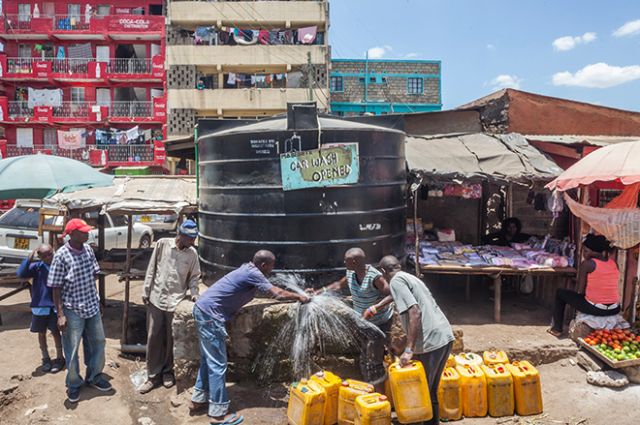

Malindi's ever-present fashion and model show is being celebrated this year at the Olimpia Beach...
PLACES
by redazione

An original and fun day organised for Thursday 28 January by the renovated ...
HISTORICAL PLACES
by Freddie del Curatolo
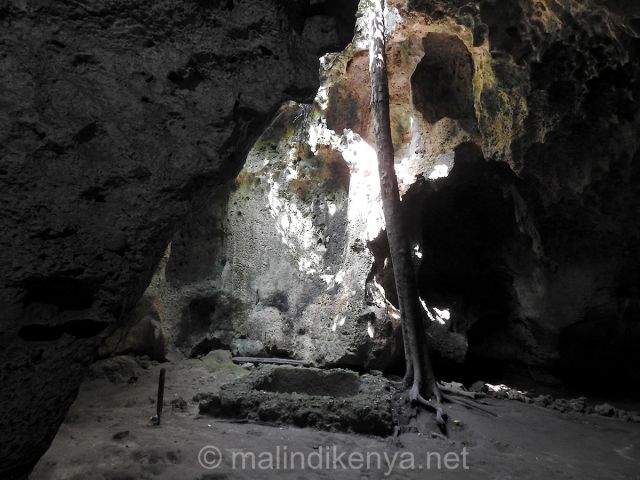
Shimoni in the Swahili language literally means 'place of the cave'.
Often...
PERSONS
by Freddie del Curatolo
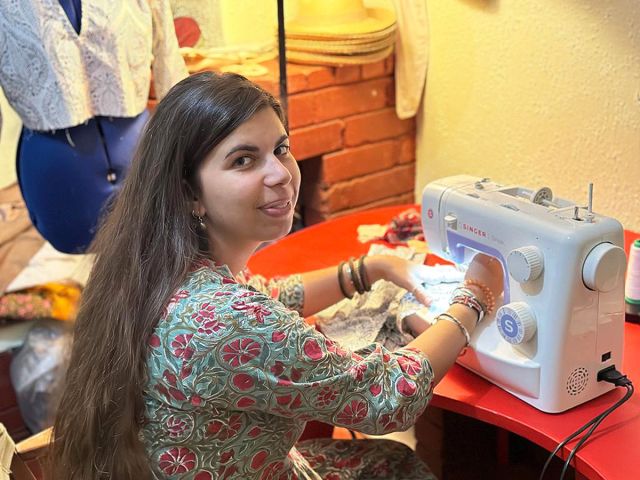
A great storyteller of Africa used to say that this is a place where any wonderful flower...
REAL ESTATE
by redazione
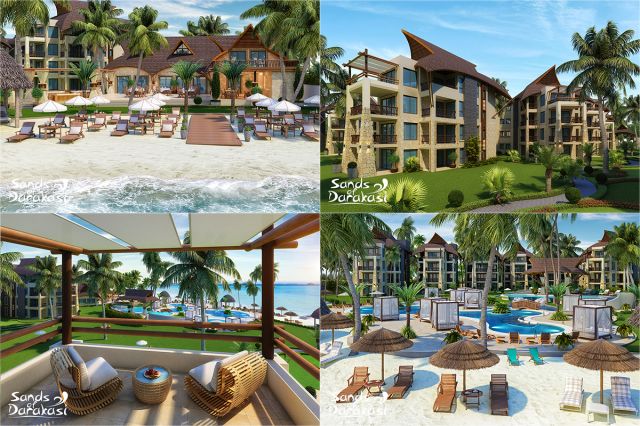
The Kenyan Coastline boasts some of the finest beaches in the world.
This is...
PERSONS
by Freddie del Curatolo
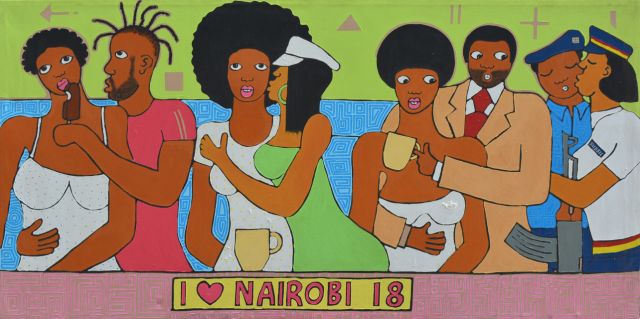
Lui si chiama Michael Soi, ha 47 anni e da oltre venti è considerato uno dei più innovativi, geniali e dissacranti artisti del...
CORONAVIRUS
by redazione

The Coronavirus also makes life difficult for Italian tourists who are planning to travel to Kenya or will...
by redazione

From today until April 1st there will be some more difficulties to organize a trip Italy-Kenya using Qatar...
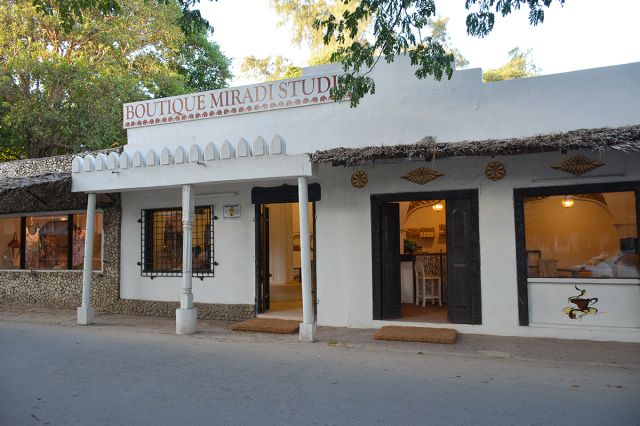
There is a new atelier in the heart of old Malindi, in one of the historic antri of Uhuru Garden, the...
by Freddie del Curatolo
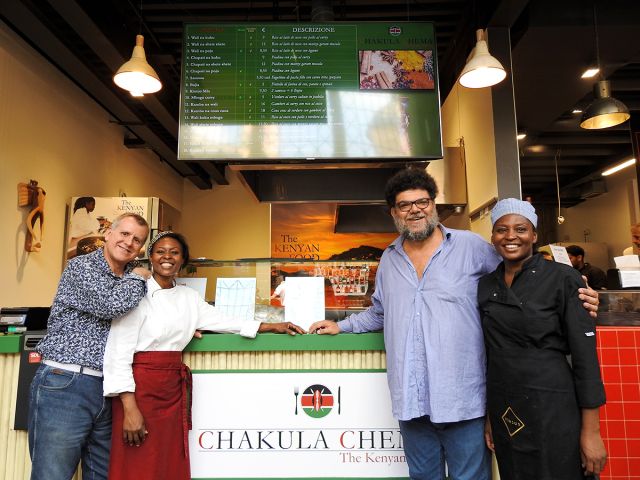
Sometimes you find Kenya in the most unexpected corners of our country. Over the years we have...